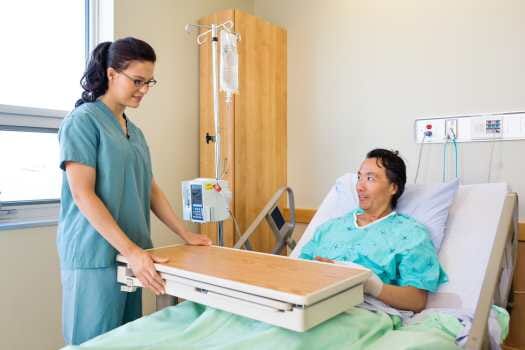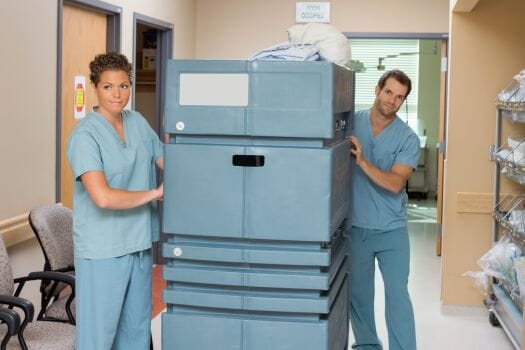Relieving Nurse Staffing Challenges through Patient Sitters (POA)
Healthcare as we know it is currently in a phase of great transition. The challenges that are facing healthcare providers today are many and include: adjusting operations to meet accessibility needs, recovering financially from the pandemic’s unpredictable patient volumes and delayed elective surgeries, and recruiting to shore a severe labor shortage while ensuring the engagement needs of existing burnt-out employees in an effort to retain.
As we recover from the pandemic, we are also seeing a rise in mental health needs and awareness. In March of 2022, the World Health Organization (WHO) reported that there has been a stark 25% increase in the prevalence of anxiety and depression worldwide over the last two years as a result of COVID-19 policies among other factors. The Joint Commission, for their part, has increased requirements for healthcare organizations caring for suicide-risk patients as part of their National Patient Safety Goal (NPSG). With hospitals struggling financially, there is a heightened focus on reducing patient falls which can cost an organization as much as $50,000 each, to say nothing of the danger to recovering patients.
Many healthcare organizations today have patient observations performed by their already stressed nursing and clinical teams. All of these factors combined have left hospitals struggling to provide 1-on-1 observations to ensure patients remain safe during their hospital stay. However, when hospitals have created a separate department leveraging non-clinical team members for patient observations, they have experienced great success. The cost per hour of observation is significantly reduced and the removed burden from an already stressed clinical team has led to improved nurse staffing and satisfaction as nurses can now operate at the “top end of their license.” By having dedicated associates and leadership patient observations, it increases prioritization and focus in the specialized task of patient observation. In addition to improved nurse staffing, healthcare organizations benefit from a decrease in regulatory deficiencies and an overall increase in patient satisfaction.
For all of these reasons, I am excited to be leading Xanitos’ Patient Observation Assistant (POA) program to provide healthcare clients with this tailored solution and encourage all hospitals to look into a dedicated patient observation program.
Connect with me today for more information regarding how your healthcare facilities can decrease fall injuries and improve patient safety, through the utilization of Xanitos' POA Program
Written by: Charles Sweesy, Director of Account Management






